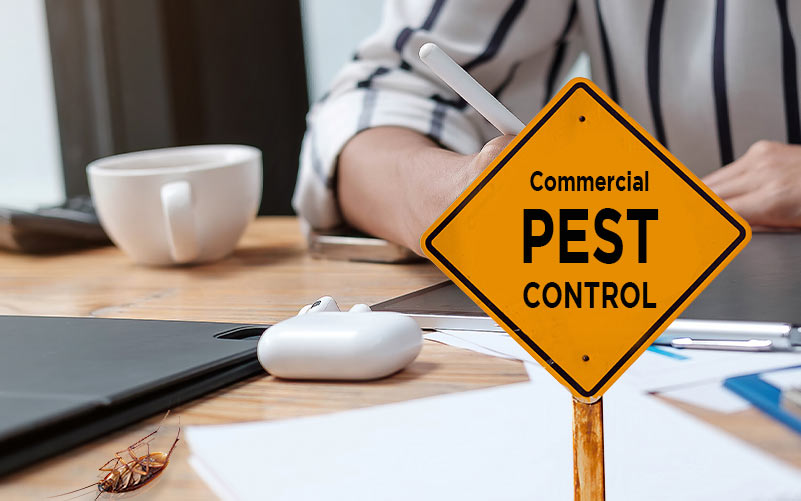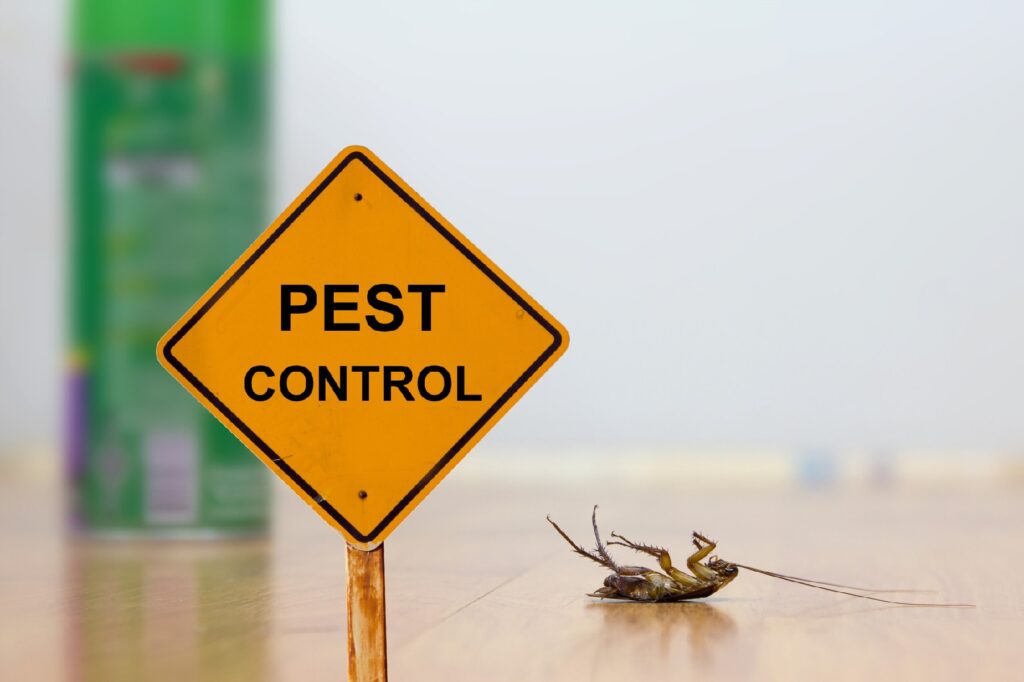Bed Bug Treatment Failure: Contrasting Chemical Vs. Non-Chemical Solutions
In the world of bug control, particularly when handling the persistent concern of bed bugs, the selection between chemical and non-chemical treatment solutions can be a pivotal one. Both methods offer distinct advantages and downsides, influencing variables such as efficiency, security considerations, and general price. By analyzing the nuanced information of each technique, a more clear understanding of which course to pursue in dealing with a bed pest problem can be achieved.
Effectiveness of Chemical Therapies
Chemical therapies for bed pest problems have been extensively identified for their rapid and powerful effectiveness in eliminating these parasites. When thinking about the effectiveness of chemical treatments, it is critical to comprehend that they can supply a comprehensive and quick solution to a bed bug issue. Specialist pest control men frequently count on pesticides to target bed pests at different stages of their life process, consisting of eggs, nymphs, and grownups. These chemicals typically work by disrupting the bed insects' nerves, bring about paralysis and ultimate fatality.
Furthermore, chemical treatments have the advantage of supplying recurring results, indicating that they can remain to remove bed bugs even after the initial application. This recurring activity is specifically advantageous in combating any type of possible re-infestations. Furthermore, the fast action of chemical treatments can bring alleviation to individuals facing severe bed bug problems, permitting them to gain back control of their home swiftly.
Security Interest In Chemical Solutions
One essential facet that requires careful consideration when making use of chemical options for bed pest therapy is guaranteeing the safety and security of passengers and the setting. While chemical therapies can be effective in eradicating bed bugs, they may position threats if not dealt with properly. One of the key safety worry about chemical options is the potential injury they can cause to human health. Exposure to particular chemicals used in bed pest therapies can result in breathing concerns, skin inflammation, or various other unfavorable reactions, particularly in individuals with pre-existing problems or sensitivities. In addition, incorrect application or dosage of chemical pesticides can result in toxic deposits lingering in the treated area, presenting long-lasting wellness risks to passengers.
Additionally, the environmental impact of chemical solutions is an additional considerable consideration. Some pesticides made use of in bed insect treatments may be dangerous to helpful pests, wildlife, and communities if they seep right into the soil or water supply. It is important to make use of chemical treatments deliberately, complying with security guidelines, and considering much less hazardous alternatives to alleviate these risks and guarantee the risk-free and efficient monitoring of bed insect problems.
Benefits of Non-Chemical Strategies
Thinking about the potential security concerns and ecological impact linked with chemical options for bed insect therapy, checking out non-chemical strategies presents an appealing alternative with a number of distinct advantages. Non-chemical therapies are ecologically pleasant, as they do not contribute to air or water pollution, making them a sustainable option for pest control.
Furthermore, non-chemical remedies can be reliable in targeting bed bugs, including hard-to-reach areas where chemical treatments may not permeate - A1 charlotte bed bug exterminator. Methods such as warm treatment, vacuuming, heavy steam cleansing, and cushion encasements offer thorough elimination without the use of damaging chemicals.
Limitations of Non-Chemical Treatments

Additionally, non-chemical treatments usually call for multiple applications to achieve effective removal. This can be lengthy and may not always guarantee complete removal of all bed pests and their eggs, especially in hard-to-reach or covert places.
Moreover, the success of non-chemical treatments greatly counts on correct implementation and thoroughness, which can be challenging for individuals without expert knowledge. Inadequate application of non-chemical methods may cause incomplete obliteration, resulting in relentless invasions and the need for extra therapies.
Consequently, while non-chemical treatments have their advantages, it is important to recognize these limitations and consider them when establishing the most reliable strategy for taking care of bed bug invasions.
Expense Contrast: Chemical Vs. Non-Chemical Options
Offered the constraints linked with non-chemical treatments, an essential element to assess in the context of bed insect management is the cost comparison between chemical and non-chemical alternatives. In contrast, non-chemical treatments like warmth therapy or heavy steam can be much more expensive, with costs ranging from $1,000 to $6,000 for an entire home. While the preliminary expense of chemical treatments may seem reduced, numerous treatments may be called for to totally eradicate the infestation, potentially boosting the general expense.
Conclusion

Taking into consideration the possible security issues and environmental influence connected with chemical services for bed bug treatment, exploring non-chemical methods provides mosquito pest control an encouraging alternative with numerous distinct advantages.Given the restrictions connected with non-chemical therapies, a necessary element to assess in the context of bed bug administration is the cost comparison in between chemical and non-chemical options. In contrast, non-chemical therapies like heat treatment or heavy steam can be a lot more pricey, with prices ranging from $1,000 to $6,000 for an entire home. While the first expense of chemical therapies may seem reduced, multiple treatments may be called for to fully eliminate the invasion, possibly raising the general price.In conclusion, when comparing chemical and non-chemical bed pest therapy choices, it is crucial to consider performance, security, benefits, restrictions, and price.